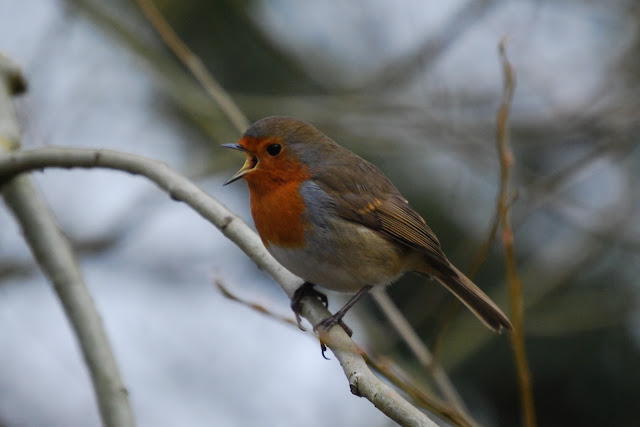 |
Long-tailed Tit MAE ©2013
|
They are very social birds, and will constantly call each other. They eat insects and caterpillars. In Dutch they are called: Staartmees; in Latin they are called: Aegithalos Caudatus.
 |
| Long-tailed Tit MAE ©2013 |
 |
| Blue Tits MAE ©2013 |
These however are Blue Tits (in Dutch: Pimpelmees; in Latin: Parus Caeruleus).
They eat insects as well as nuts.
 |
| Great Tit MAE ©2013 |
 |
| Robin MAE ©2011 |
The Robin cannot be left out from this blog. They have the most beautiful songs and they are not shy at all. They will not fly away when you try to take a picture, which does help.
I have regularly seen a Robin sitting next to me when I was working in the garden. Just inspecting my hard work...
In Dutch: Roodborst. In Latin: Erithacus Rubecua.
 |
| Chaffinch MAE ©2013 |
It took me quite a while, before I could take a picture. Which is a shame, because they have beautiful colours.
They can be seen wherever there are trees.

No comments:
Post a Comment